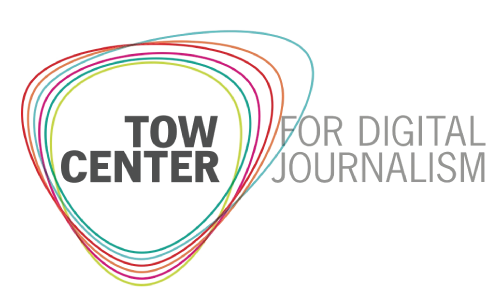Sign up for the daily CJR newsletter.
Over the past few years, the energy around saving and strengthening local news has amped up. State-level policies to support local journalism have passed in New York, California, Illinois, and elsewhere thanks to efforts by groups like Rebuild Local News; new digital-native outlets are coming online with clear formulas for success and sustainability; and a critical mass of funders has come around to the idea that supporting local news and information is as vital as putting money toward schools and libraries.
Press Forward, the national coalition of philanthropies announced in 2023, has established more than twenty locals, as their state-level counterparts are called. The Press Forward Locals are groups of place-based organizations that agree to contribute to and champion local journalism in their state or region. While they receive support and guidance from national, they—crucially—are made up of community and neighborhood organizations with organic and authentic relationships on the ground.
For example, the New Jersey Press Forward Local, announced in February 2024, is led by the New Jersey Civic Information Consortium—itself a first-in-the-nation, state-level public funding effort that seeds and supports hyperlocal news and information initiatives across the state. The Consortium is, in turn, supported by the Center for Cooperative Media—a journalism support organization where I was research director for more than seven years. This coalition has deep knowledge of the journalism landscape in New Jersey, which is impossible to simulate.
Creating place-based coalitions to raise funds and do the work of supporting journalism on the ground was a stroke of genius on the part of Press Forward, and has shown how much energy can be generated for the vital work of bringing local journalism in this country into the twenty-first century. It is a model that can be translated into the research space.
I have come to believe that it is only by partnering with local organizations that research efforts to accurately and faithfully map the national journalism landscape can be accomplished. In my new position at the Tow Center for Digital Journalism, I am building a research program to do just this: partner with local journalism-relevant organizations across the country to build a registry of local news organizations.
Why is this needed? Since roughly 2015, as the crisis for local journalism in the US was becoming clear, dozens—perhaps hundreds—of local journalism support organizations, research institutes, media policy shops, and philanthropists have undertaken efforts to better understand the provision of local journalism at the community level, in order to make effective interventions. For many years before that, clearinghouses that included national lists of journalism providers—used primarily by PR practitioners but occasionally by academics—had sufficed as national registries of news outlets. But with the advent of digital-native hyperlocals and the rapid churn that accompanied the dissolution of the “broadcast era” business model, those registries became impossible to maintain, and our understanding of the local journalism landscape has suffered accordingly.
In 2016, journalist turned academic Penny Abernathy published the first national survey of local news providers, focusing on newspapers and on a practice gaining salience at the time, in which private investment companies were making huge profits by buying local papers then selling them for parts, creating hundreds of local news deserts across the country.
Later reports included digital outlets, public broadcasting, and ethnic media; the most recent—Abernathy’s sixth—was published in November 2023. The report and accompanying online maps were and continue to be widely cited—by the news industry, researchers, and policymakers—in the US and abroad. This is the case in part because the reports were meticulously researched, but also partly because they were, and remain, the only national-level census of local news.
Despite its many strengths, the project also has well-documented weaknesses, and is in a moment of transition since Abernathy retired, in early 2024. Perhaps its most fundamental weakness is that its data is gathered from the top down, relying on lists of newspapers from state press associations, and lists of digital outlets from national membership organizations. It seems clear that the time has come for a national registry that is generated from the ground level up.
Our registry will provide a new model for understanding the local journalism landscape nationally, based on collaboration and tapping the experience and expertise of community-based organizations that know their communities best. I will draw on my experience mapping the local news landscape of New Jersey to implement definitions and protocols that reflect the lived experience of communities, for example by mapping news outlets based on their coverage area instead of where their front offices are located (if they even have a front office).
By partnering with local organizations, civic news of all shapes and sizes will be recognized for the vital sources of communication they are; we know that newspapers and televisions are no longer the dominant ways that journalism is distributed. The end result will be a resource, in the form of a national census of local news providers, that can inform myriad efforts, from journalism support organizations seeking to understand where to invest resources to policymakers who need accurate, detailed data on underserved communities.
Sarah Stonbely is a research fellow at the Tow Center for Digital Journalism. She can be reached at sas2230@columbia.edu.
Has America ever needed a media defender more than now? Help us by joining CJR today.









